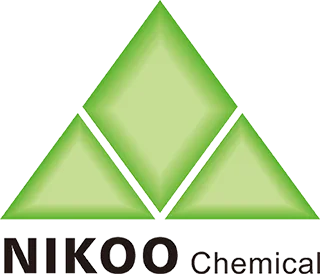The Foundation - Understanding Wax, Wick, and Vessel
2025-06-23
Selecting the perfect scented candle begins with understanding its fundamental components: wax, wick, and vessel. These elements dictate not just burn quality and safety, but also influence scent throw and longevity.
- Wax Type: This is the fuel and scent carrier.
- Soy Wax: Popular, natural, renewable, burns cleaner and slower than paraffin, excellent scent throw (especially for top notes), biodegradable. Often blended with other waxes for stability. Look for 100% soy or high-percentage blends.
- Paraffin Wax: Petroleum-derived, historically common, often cheaper. Can produce a strong hot throw but may release more soot and potentially harmful volatile organic compounds (VOCs) when burned. Burns faster than soy.
- Coconut Wax: Premium, natural, exceptionally clean-burning, slow-burning, holds fragrance well. Often blended with soy. Known for excellent scent throw and a smooth melt pool.
- Beeswax: Natural, very clean-burning (produces negative ions), has a subtle honey scent. Expensive, burns very slowly, doesn't hold added fragrance oils as strongly. Often blended.
- Rapeseed Wax: Emerging, natural, sustainable, good burn properties. Less common.
- Blends: Many high-quality candles use blends (e.g., soy-coconut, soy-rapeseed) to optimize burn, scent throw, and appearance.
- Wick Type: Delivers fuel to the flame.
- Cotton Wicks: Most common natural option. Generally clean-burning. Braided or twisted.
- Wooden Wicks: Create a soft crackling sound, offer a unique aesthetic. Must be properly trimmed to avoid excessive smoking. Ensure they are sustainably sourced.
- Cotton-Cored or Paper-Cored Wicks: May contain small metal cores (like zinc or tin) for stability. Some avoid metal cores due to potential heavy metal concerns (though regulated amounts are considered safe). Look for lead-free wicks.
- Key: The wick should be appropriately sized for the wax and vessel diameter to ensure a full melt pool (liquefied wax reaching the edges) within 2-4 hours on first burn, without tunneling or excessive smoking.
- Vessel (Container): Safety and aesthetics.
- Material: Heat-resistant glass (thick enough), ceramic, or metal are common. Avoid flammable materials or thin glass that can crack.
- Size/Shape: Should be proportional to the wick. Wider vessels often need multiple wicks. Consider where you'll place it and your decor style. Vessels designed for reuse after the candle is finished add value.
Why this matters: Choosing the right foundation ensures a safer, cleaner, longer-lasting burn and maximizes the fragrance experience you paid for. Prioritize natural waxes (soy, coconut, blends) and natural wicks (cotton, wood) for a cleaner burn and better performance.
ReviewsNumber of comments: {{ page.total }}
I want to comment?
{{item.nickname ? (item.nickname.slice(0, 2) + '*****') : item.source === 1 ? 'mall buyer' : '--'}}
{{item.comment_time}}
Review in the {{item.country}}
Reviews
Merchant
{{replyItem.nickname ? (replyItem.nickname.slice(0, 2) + '*****') : replyItem.source === 1 ? 'mall buyer' : '--'}}
{{replyItem.parent_nickname ? (replyItem.parent_nickname.slice(0, 2) + '*****') : '--'}}
{{replyItem.is_merchant_reply === 1 ? replyItem.reply_time : replyItem.comment_time}}
Review in the {{replyItem.country}}
Reviews

No customer reviews
recommended for you
no data
Get in touch with us
Contact Us
Phone: +86 20 36028881
Fax: +86 20 36550567
Email:rebecca@nikoochem.com
WhatsApp: +86 13822397763
Add: No 1718, Airport Rd., Yuncheng St., Baiyun Dist., Guangzhou City, Guangdong, China 510000
Contact us
Leave your inquiry, we will provide you with quality products and services!
Contact us
phone
email
wechat
skype
whatsapp
messenger
Contact customer service
Contact us
phone
email
wechat
skype
whatsapp
messenger
cancel
Customer service
